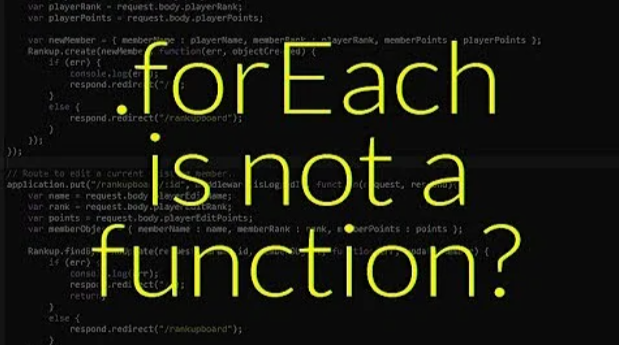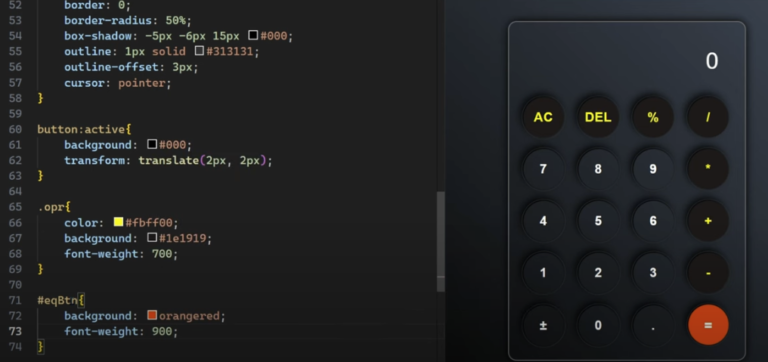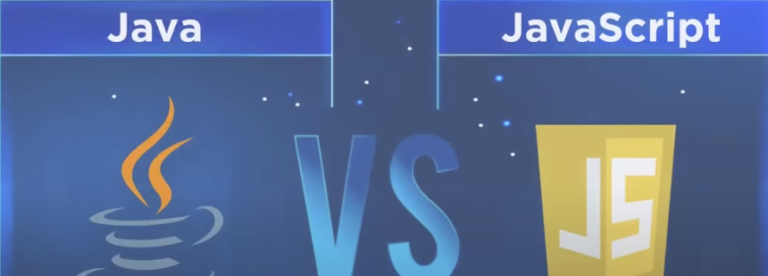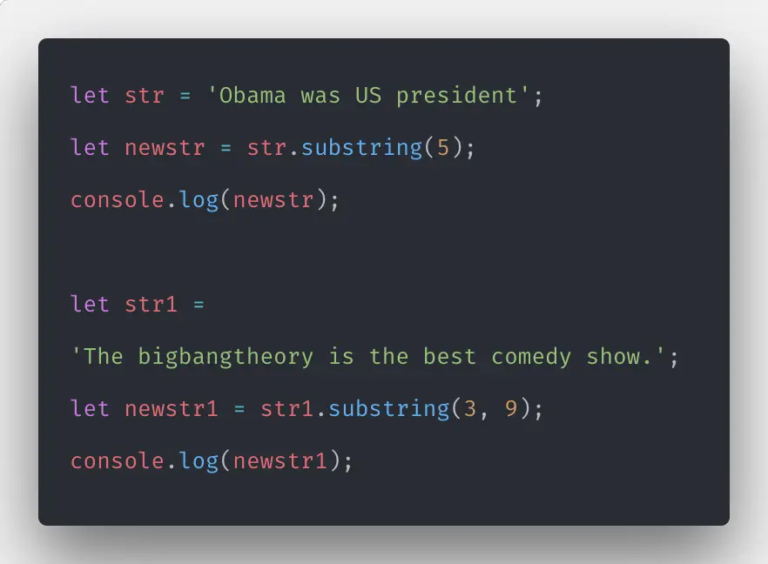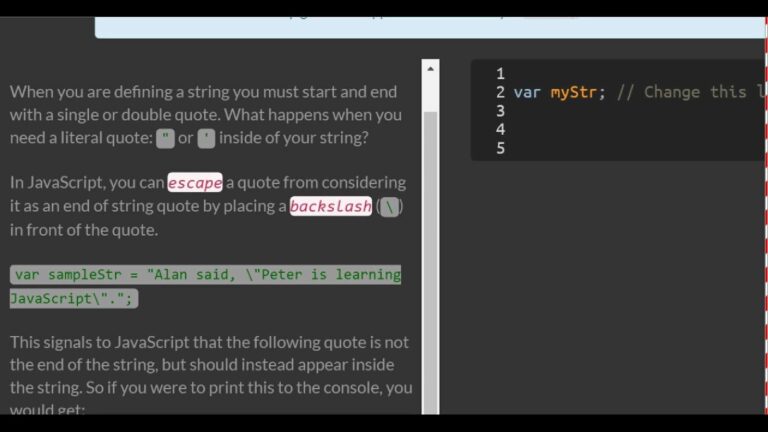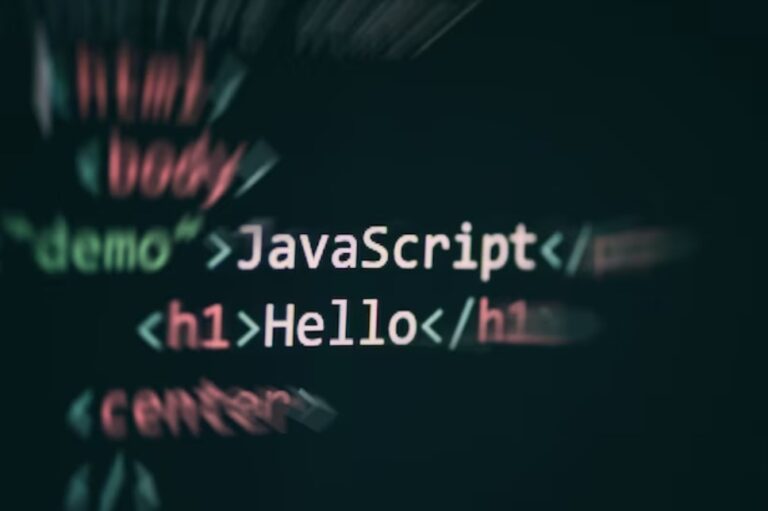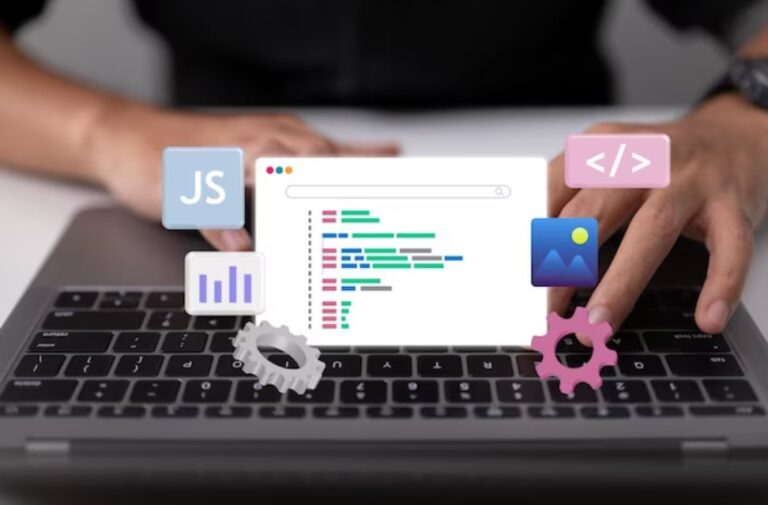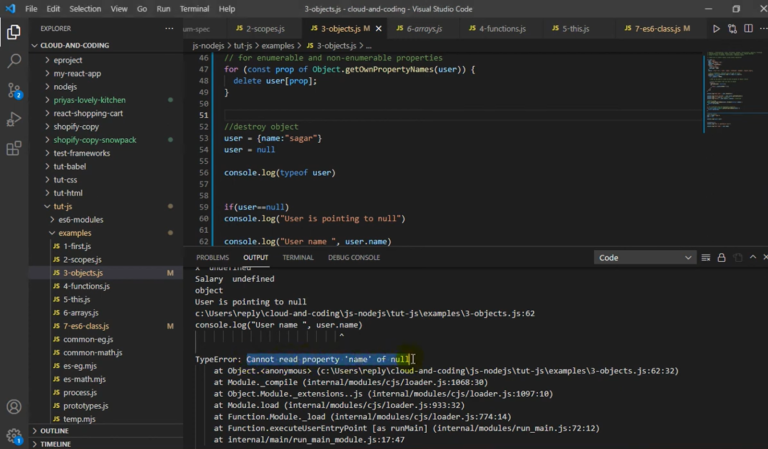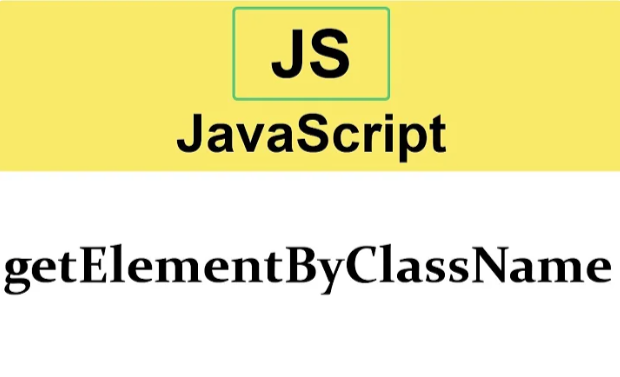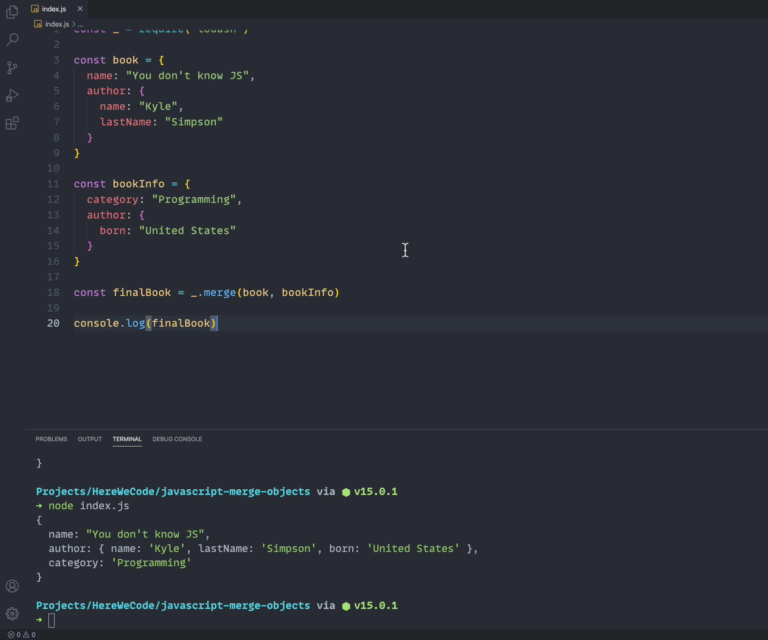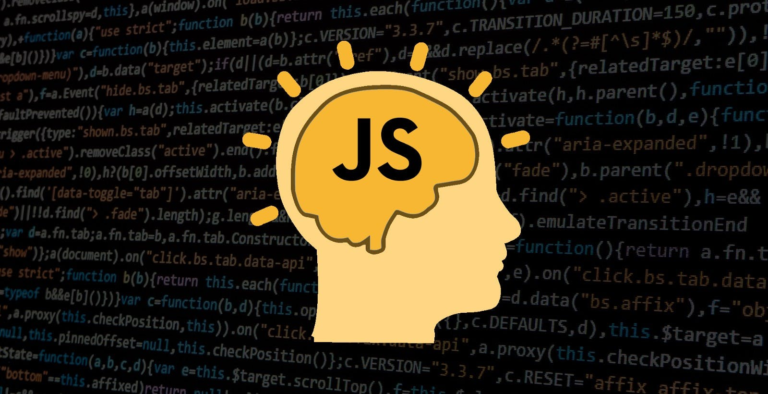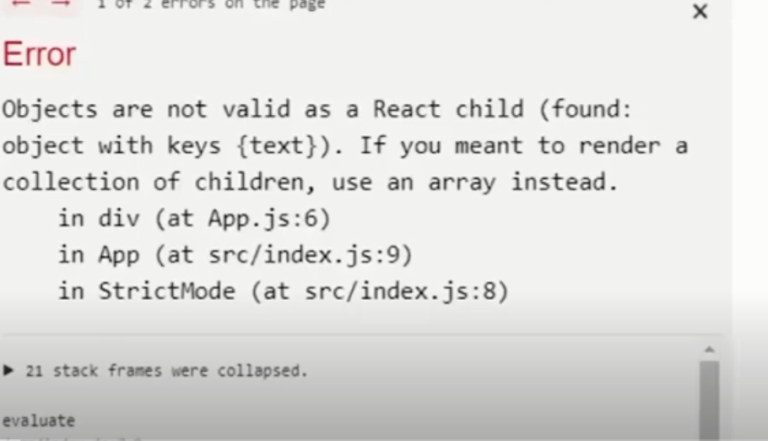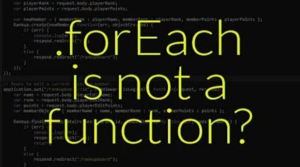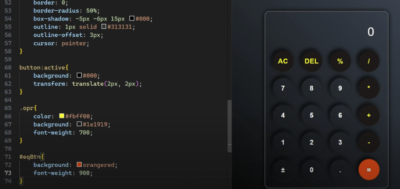The JavaScript error “forEach is not a function” occurs...
JavaScript, essential in today’s web development landscape, gives developers...
In the realm of web development, JavaScript, often abbreviated...
Creating a Javascript calculator might seem like a daunting...
Link building remains one of the most effective tactics...
In the realm of software development, Java and JavaScript,...
Error messages can be both a coder’s worst enemy...
In the world of JavaScript, manipulating strings is a...
In the realm of Java programming, mathematical enigmas often...
In the ever-evolving realm of web development, the ability...
In this beginner-friendly tutorial, we will embark on the...
In our digital age, marked by relentless data breaches...
In the ever-evolving world of web development, JavaScript stands...
Delve into the multi-layered universe of nested arrays in...
This comprehensive guide aims to provide a clear understanding...
Lucky Numbers (LNs) is a mesmerizing series of integers...
Navigating the intricate pathways of web development can sometimes...
Are you looking for a way to extract checked...
In this comprehensive guide, we will delve deep into...
The JavaScript programming language, renowned for its versatility, provides...
Welcome to this comprehensive tutorial where we will...
The constructor method in JavaScript plays a vital role...
Alt: coding on the screen on neon purple background...
In this captivating guide, we invite you on an...
When developing web applications using React, you may encounter...

